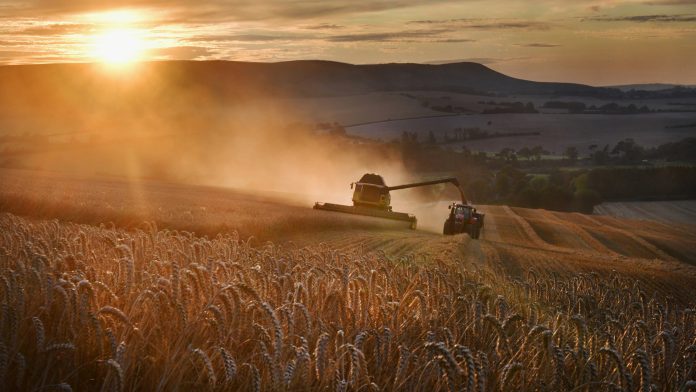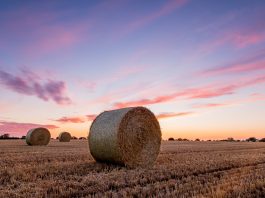Researchers at the University of Cambridge have concluded that concentrated farming that leaves room for natural habitats is more optimal than eco-friendly agriculture.
According to the research findings, the best way to farm is concentrated farming with the highest possible yields. This means that farming can be limited to smaller areas, which enables much more land to be left for natural habitats, whilst food targets are still met.
Land sparing with concentrated farming
The majority of species thrive greater with this ‘land sparing’ method than if farming attempts to share the land with nature, as even agriculture that makes attempts to be wildlife-friendly still damages biodiversity and necessitates more land to produce the same amount of food.
This is the conclusion of research that has taken place over the span of ten years and considers more than 2,500 individually assessed plants, insects, and vertebrates from five continents. The review, which was performed by Professor Andrew Balmford, also indicates that “land sparing” sequesters more carbon and could benefit marine life if applied to oceans.
“Figuring out how to feed, clothe and power 11 billion people without causing mass species extinction and wrecking the climate is this century’s greatest challenge,” he said. “Preserving diverse life while meeting humanity’s needs will mean enormous trade-offs, but the evidence is starting to point in one direction.”
In the paper, which has been published in the Journal of Zoology, Balmford explains the argument for ensuring the highest levels of production we can from land – and water – already farmed to spare remaining wilderness from cows, ploughs, chainsaws and trawler nets.
Protecting natural habitats
“Most species fare much better if habitats are left intact, which means reducing the space needed for farming. So areas that are farmed need to be as productive as we can possibly make them,” he said.
Some species thrive on traditional farmland, specifically in Europe, where light grazing by livestock can imitate “disturbance” once caused by large prehistoric mammals, generating habitats for various species that otherwise struggle. As such, some low-yield farming should be considered, explained Balmford, but at a low level.
The UK Government-commissioned National Food Strategy (NFS), which was released in summer, recommended that Balmford’s “three-compartment” model – utilising high-yield farming to ensure space is available for more protected habitats, with clusters of traditional agriculture to maintain farmland-associated species – should form the foundation of a new “Rural Land Use framework”.
The NFS highlights that approximately 21% of farmed land in England must be re-wilded to some extent or utilised for biofuel if the UK is to meet its net-zero targets and that the whole bottom third of farmed land generates merely 15% of English agricultural output.
Balmford’s most recent paper encapsulates ten years of global research on trade-offs between crop production and biodiversity, including Cambridge-led studies on bird and tree species in India and West Africa, discovering that – while all species ‘lose’ if mid-century food targets are met – more species prosper under extreme land sparing: concentrated farming that enables greater thriving of natural habitats.
“Colleagues have replicated these findings in field sites ranging from Mexico and the Pampas to Colombia and Kazakhstan,” added Balmford. “Most species are specialised to particular environments. Even minor disruptions reduce their populations. This is why so many species decline even with gentler farming.”









